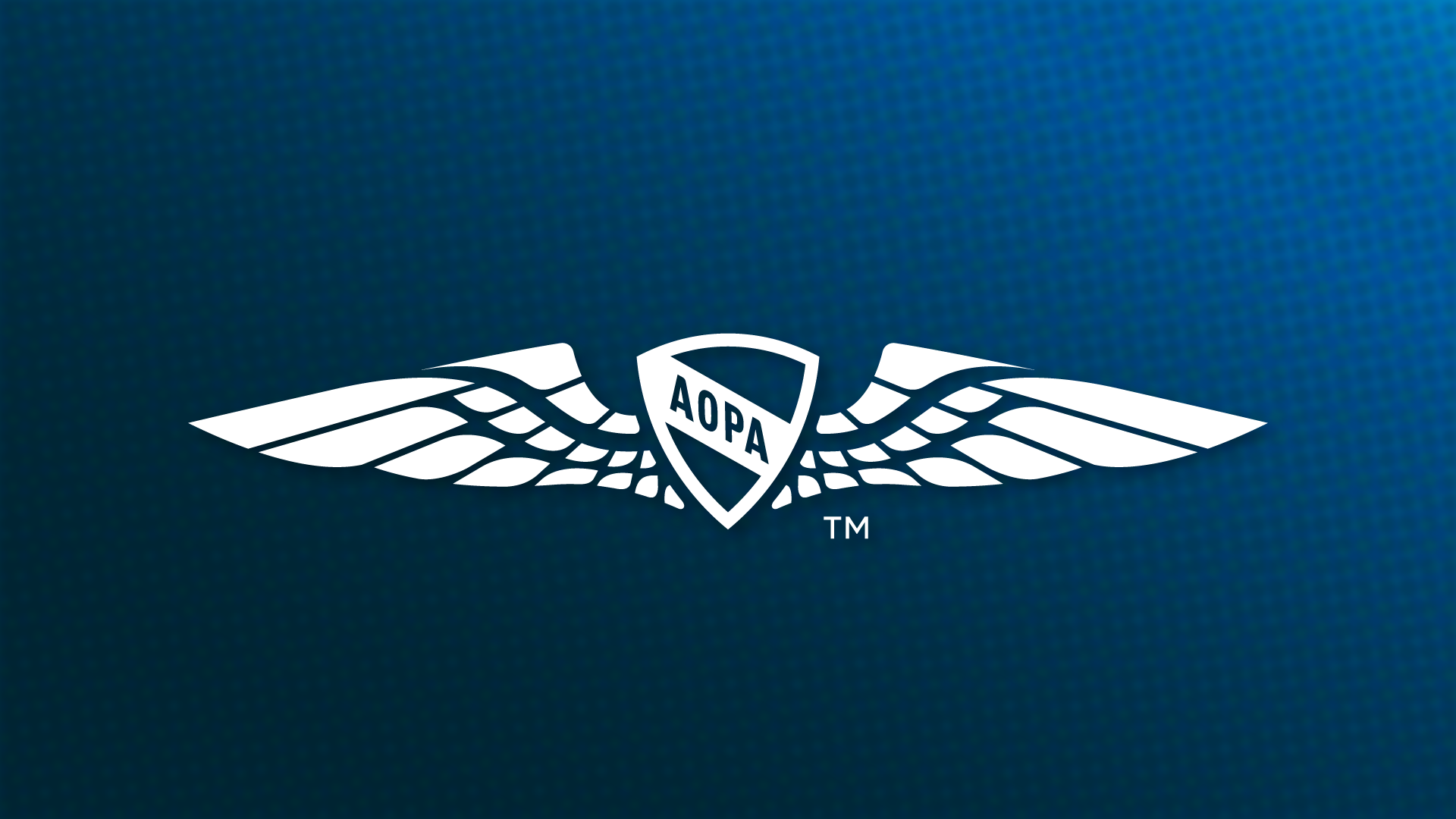Race Day
Shuffling up Independence Avenue on mile six of the Army Ten-Miler, I noticed a spectator waving a hand-written neon poster: “Smile,” it said. “Remember you paid to do this!”
This October marked the tenth year my husband and I ran the race, which tours Washington, D.C., attractions from the Pentagon up the Potomac River, down past the Kennedy Center, and along the National Mall. We treat it as a weekend getaway, indulging in a pasta dinner on Saturday night and rising early to enjoy the tranquility of the capital in the still morning amid 28,000 runners’ footsteps and the occasional brass band. Still, in the endless span of the 14th Street bridge, it occurred to me I could choose a more relaxing hobby.
I’m not alone among pilots in gravitating toward pastimes that involve goal-setting and some level of measurable proficiency. High-intensity hobbies keep us engaged in the moment and give us something to strive for, for many of us filling the void left by high school sports. But finding fulfillment in a pastime is different from the rewards of competitive athletics. Flying recreationally is more like the type of running I do today than the interval workouts and ride-or-die training of my high school cross-country days. Now, the principles of running in my age bracket are a closer parallel to flying.
Finish. There’s no winning or losing in flying, only the imperative to come home safe. Elite runners and athletic champions may sweat their rankings, but most of the rest of us are here for the scenery and snacks at the finish line.
Know your limits. In my twenties, with only two half marathons under my belt, I signed up for a trail marathon—in the mid-Atlantic, in June. I finished, eventually, but I walked the second 13.1-mile lap alone in the woods while my friends debated whether to send a search party. Call it the folly of youth or the “macho” hazardous attitude, but the urge to prove I can do it has lost some of its edge over time. A race or flight that demands I “leave it all on the course” may not be worth the cost.
Bring friends. It’s easier to summon the motivation to bundle up for a long run at oh-dark-30 when there’s someone to commiserate with afterward, and the prerace wait and post-race festivities are better with company. Similarly, fellow pilots’ “Do any flying lately?” reminds me what I’m missing if it’s been a few weeks since my last flight. (For a glimpse into how two pilots motivate and support each other through their flight training, see Julie Summers Walker’s “Lean on Me” on p. 34.)
Mix it up. During high school cross-country seasons, I used to run six days a week. A quarter-century later, different workouts help me maintain my sanity and my joints. Flying the same routes over and over can be satisfying, but varied missions and training help keep us sharp and motivated.
Set goals. Anyone who has ever booked a checkride date without feeling confident yet in their skills can appreciate the motivational power of a goal. An upcoming trip or race gives me the nudge I need to stay proficient.
Find the time. This fall, my husband and I agreed to alternating dibs on the treadmill for morning workouts, ensuring we’d each have time for a passable number of miles before the race. I also know which days of the week he can take daycare dropoff and school bus duty so I can fit in an early-morning practice flight. In sports and flying, regular practice is key.
Have fun. Personal growth comes from challenging yourself, but it doesn’t require you to make yourself miserable. Self-serious maxims like “no pain no gain” suck the joy from the present and predicate it on future performance. Today, I’m not pursuing a rating or training to set a personal record. I’m just out here having fun.
Editor Sarah Deener started middle school cross-country three decades ago. She’s slower now, but still has her original knees.
[email protected]Varied missions and training help keep us sharp and motivated.


